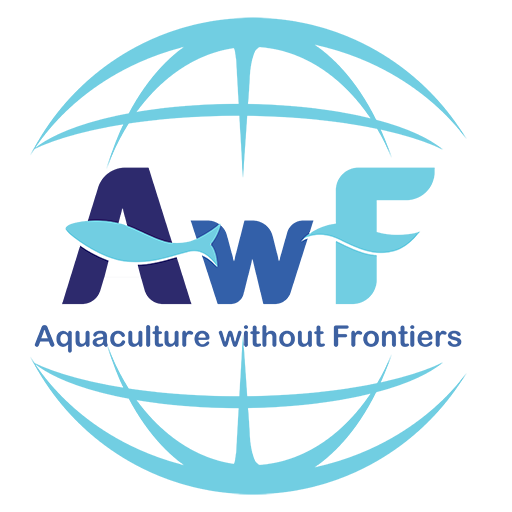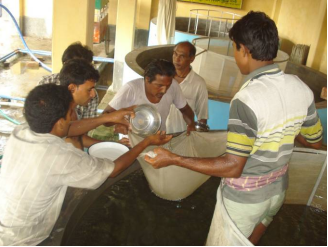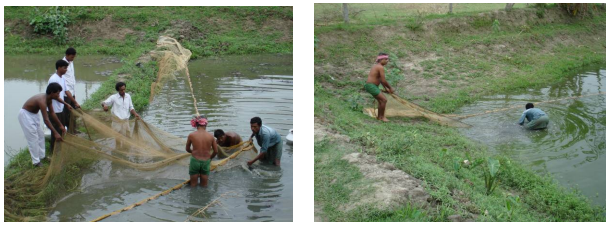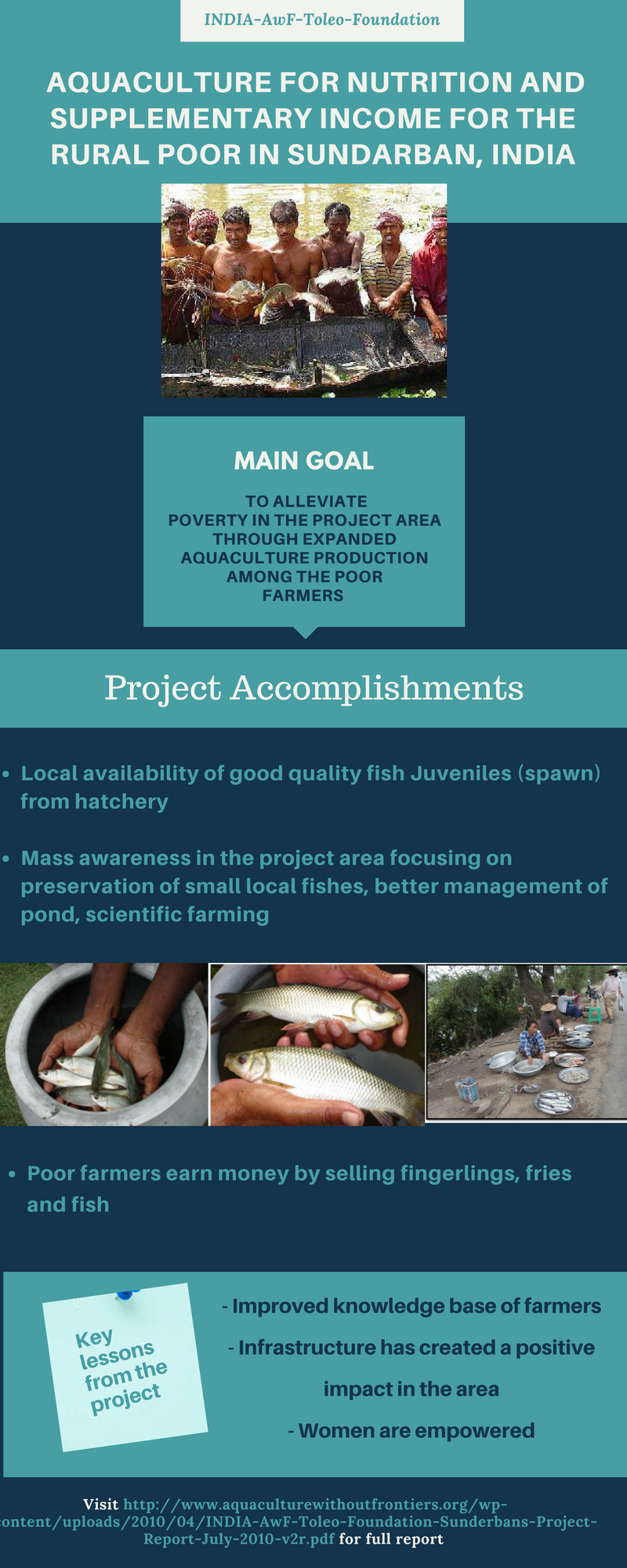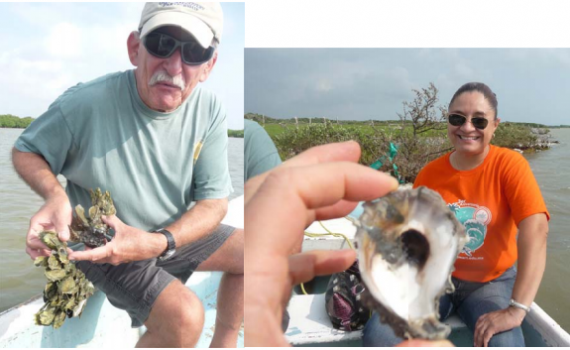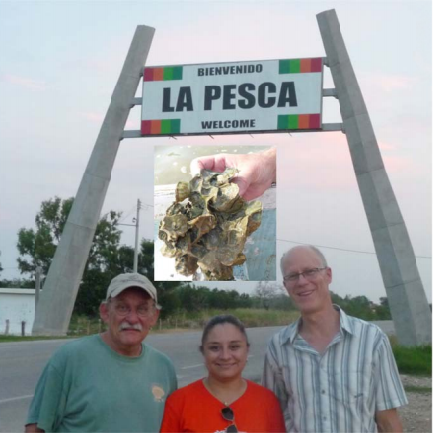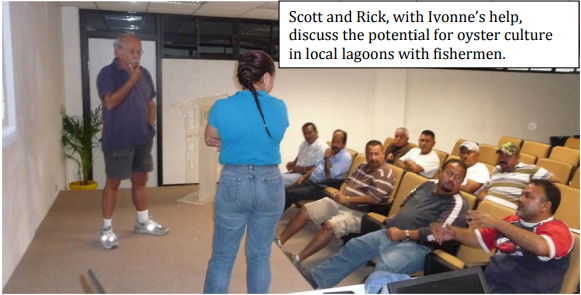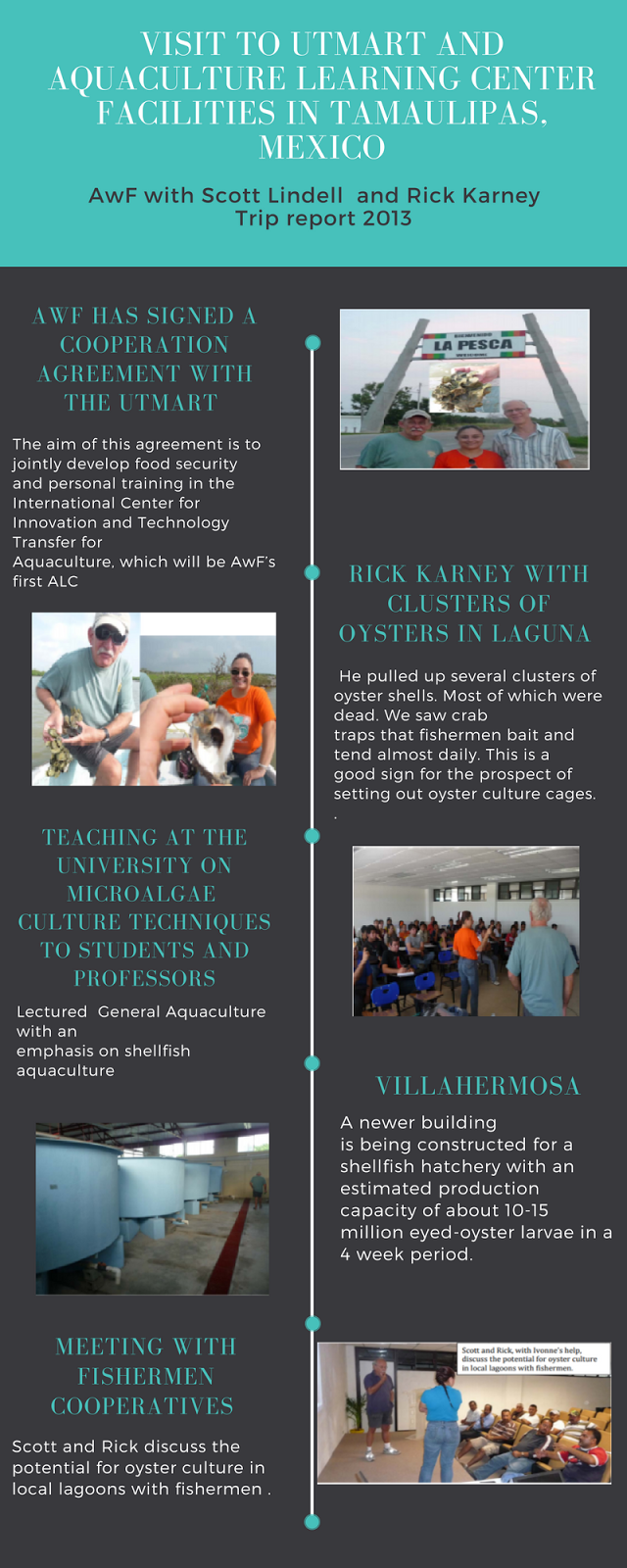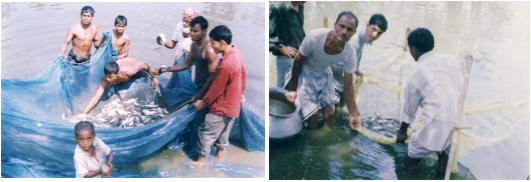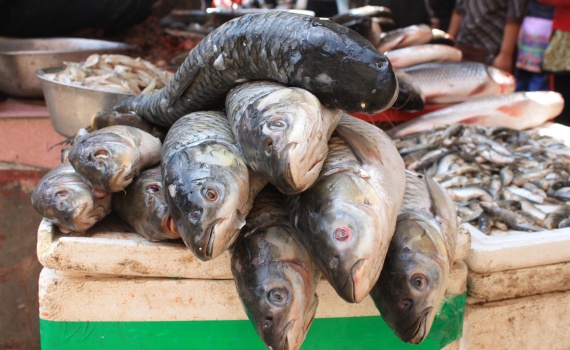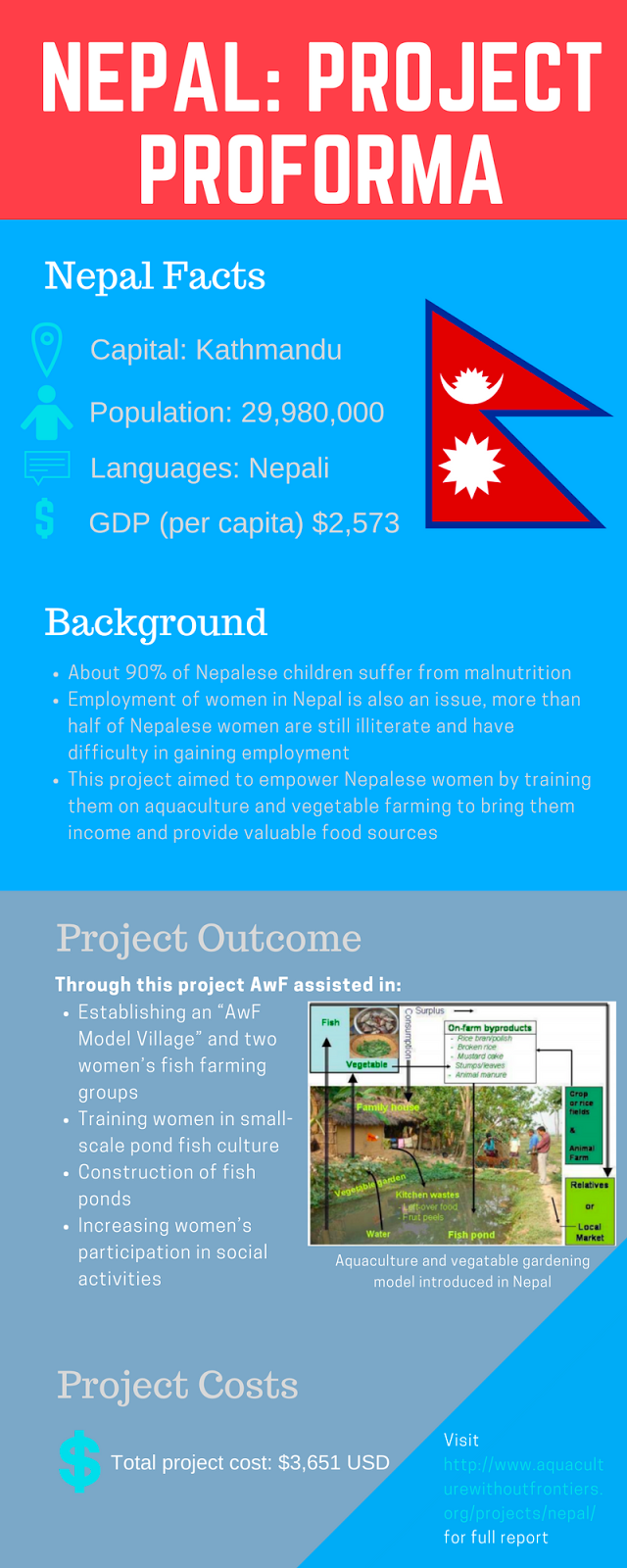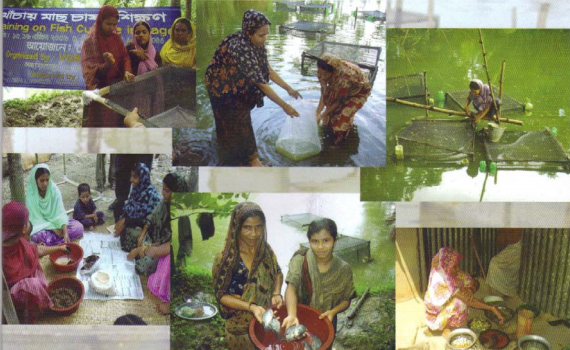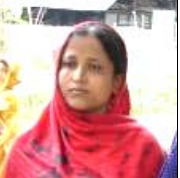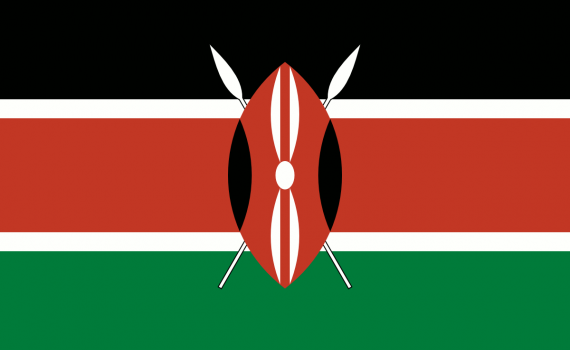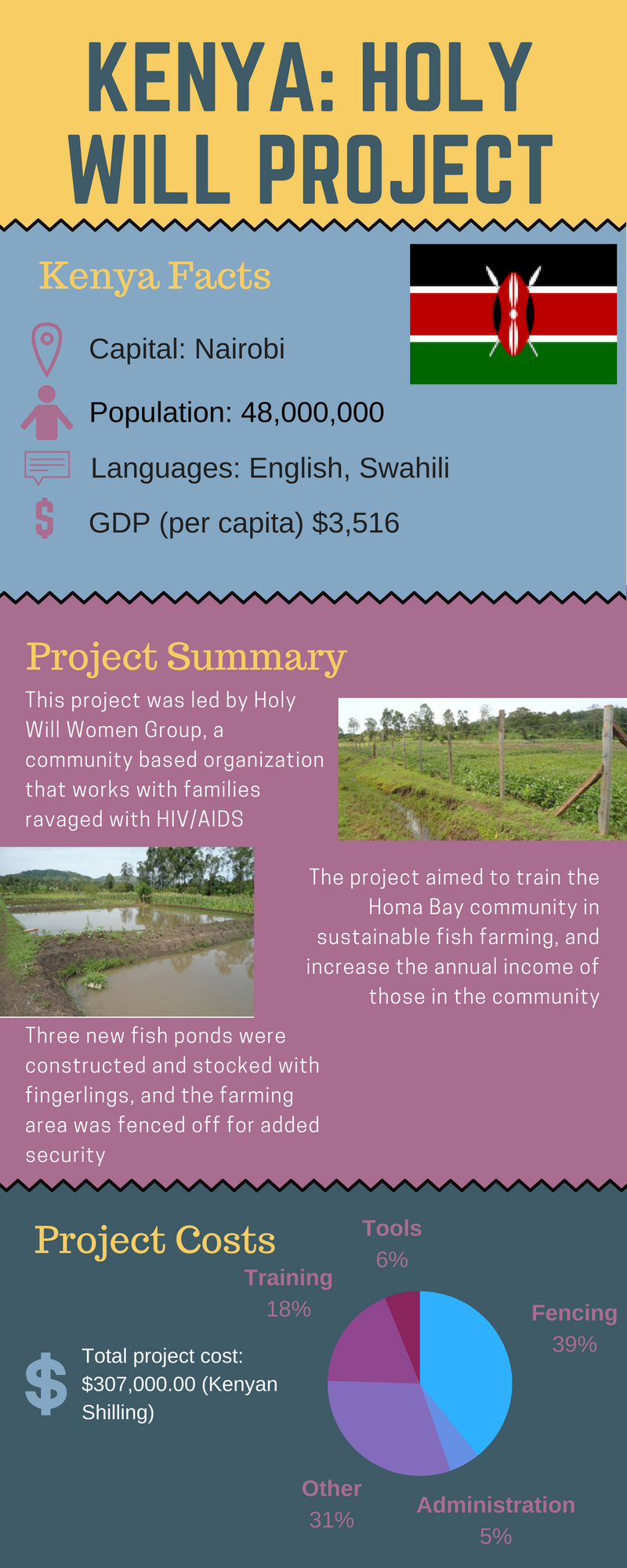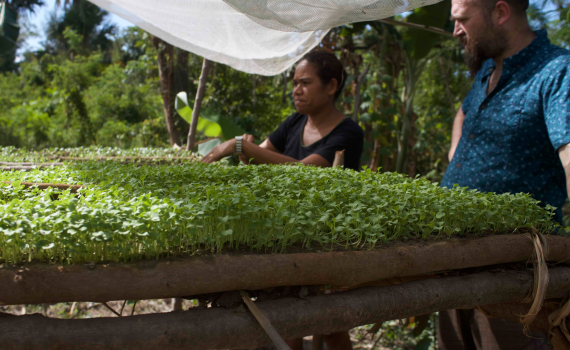
CERES Global Trip 2015
Category:Digital Stories,East Timor
The trip to Timor-Leste between the 11th – 19th of June 2015 with CERES Global offered a unique opportunity to meet with various individuals and stakeholders from a range of backgrounds. This presented a valuable insight into a range of overlapping and cross cutting development directives, initiatives, programmes and projects being undertaken across scales. The stakeholders relevant to a mutually aligned project between CERES Global and AwF – include:
• Aileu Science and Technology Institute (ASTI)
• Family Life Centre, Aileu
• Peri urban community garden, Dili
• Mercy Corps
• World Fish
• Hivos
• Permatil
During the visit there were three broad national initiatives that were focused on increasing: food access and sustainable food production through school garden programs ; secondly, educating and increasing community capacity in sustainable farming and managing biodiversity and community resources through incorporating permaculture into the national curricula ; and lastly, bolstering food security through increasing access to local and regional aquaculture products for school meals.
Children are among the most vulnerable members in Timorese society: 58% suffer chronic malnutrition; 38% suffer from anaemia, malaria, diarrhoea and other diseases of children do not reach their ideal weight. The opportunity for providing meals to children from school gardens and to further educate students in food production and good nutrition is a big part of the solution.
This will be the first country globally to incorporate permaculture into its national school curricula. This will be potentially a massive milestone for permaculture. It is also important to point out that Aquaculture and aquatic agricultural systems or integrated water and resource management are key components of permaculture. There is the potential to work towards inclusion of aquaculture school projects, which build upon other initiatives or directives to reverse malnutrition and increase community knowledge and access to nutritious food.
The Ministry of Agriculture, Forestry and Fisheries is in the process of surveying and deciding upon multiple locations across Timor-Leste to establish aquaculture for the provision of fish for school meals. Total production scales are in the order of hundreds of hectares (total locations, areas and information on partners needs to be clarified). Aquaculture production will occur in provincial locations in proximity to schools.
Here is a link to the complete report.

